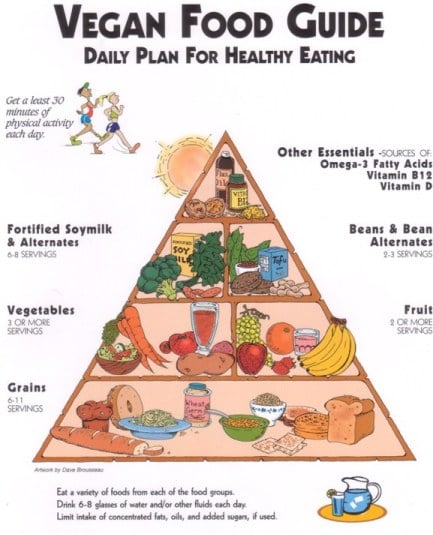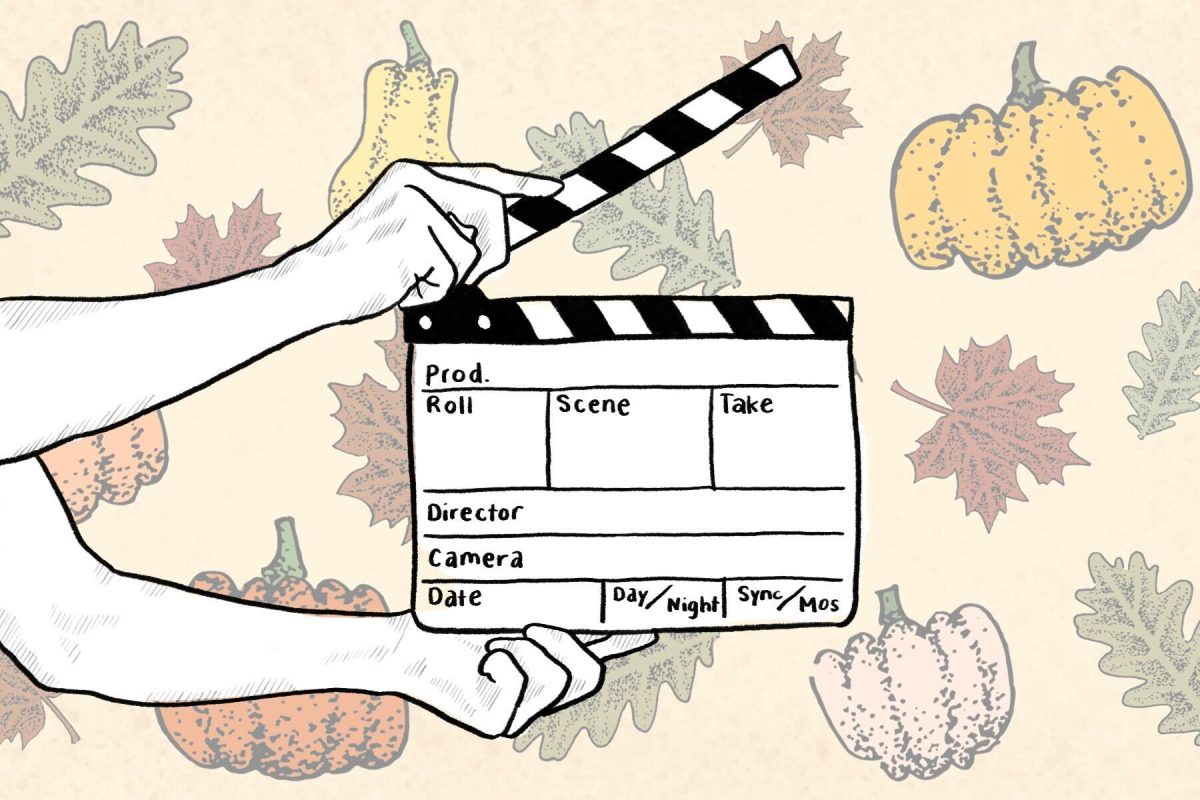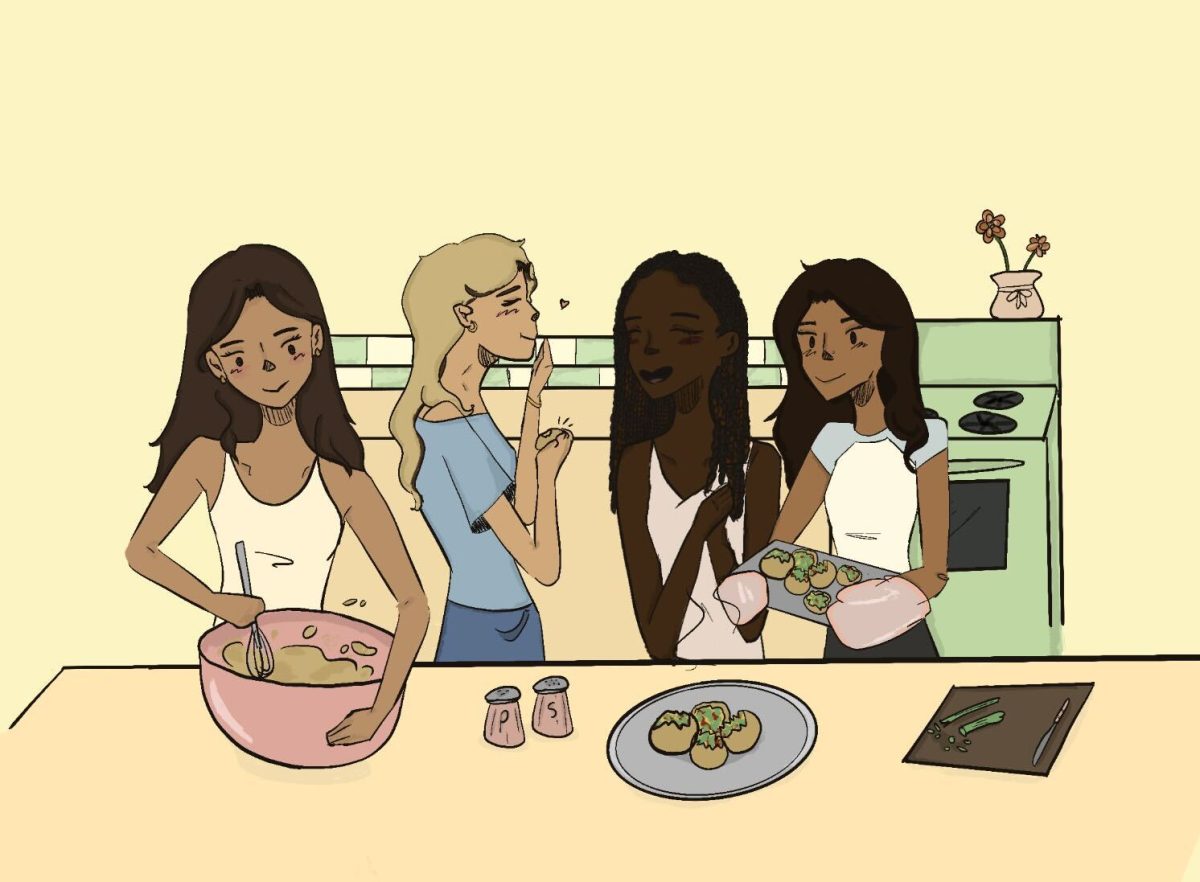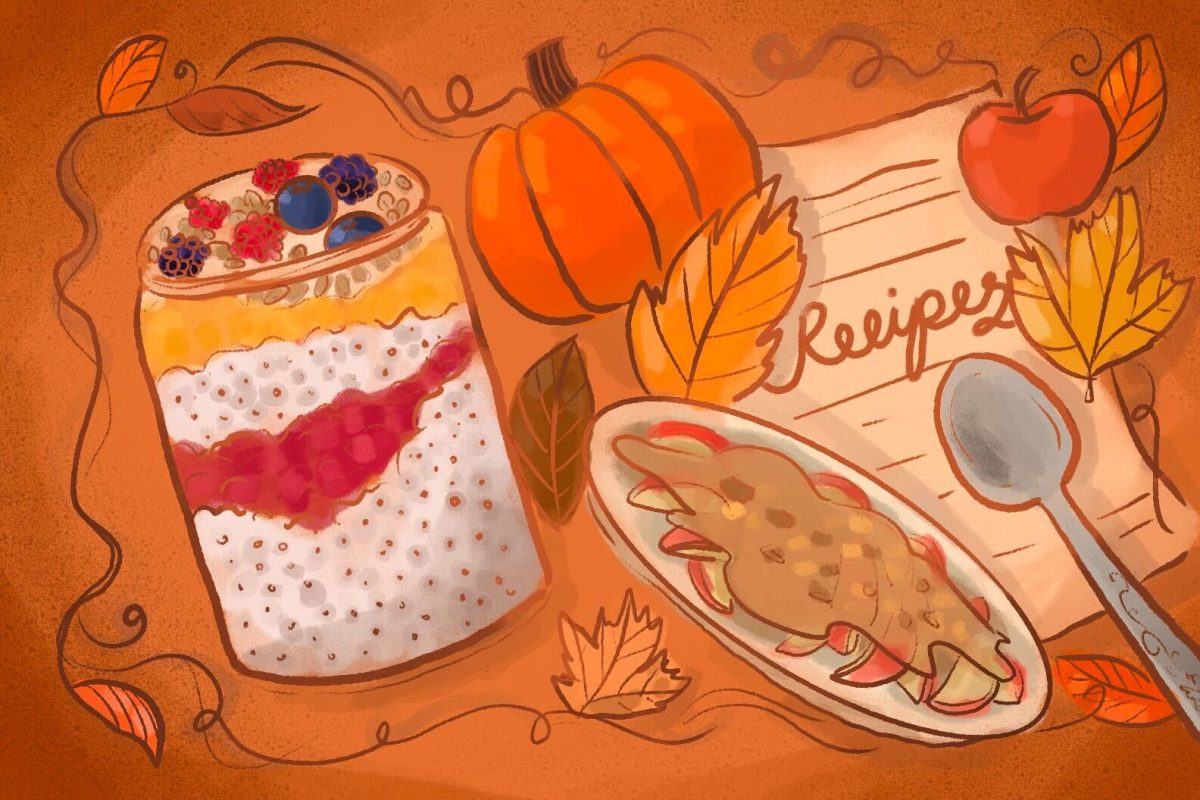Looking at what ingredients go into food, whether natural or not, is the first and simplest step to pursuing a healthier lifestyle.
With my one year anniversary as a vegan coming up — cheers! — I’ve decided to discuss going vegan cold turkey, so to speak.
I’m not going to lie to you and tell you that it’s easy making the switch to a vegan diet. In fact, I’m not going to lie to you and tell you that it won’t be frustrating at times, even when you’ve been at it for almost a year.
The truth is that you’re going to miss certain foods, and some substitutes won’t fill that sushi-sized hole in your heart.
However, before you cry to me, “But, Teddi, cheese? Fish? Mayonnaise?” — don’t worry about it. One thing I most enjoy learning — sidestepping the ethical arguments — is how to appreciate food and any way of eating embodies that value.
While I scan ingredients for milk, its derivatives or the ever-elusive honey, I also notice all the chemicals I can’t pronounce — like the additive butylated hydroxyanisole found in many popular foods, such as cereal and potato chips.
It’s pretty difficult to find truly “natural” food, but the first step to a healthier lifestyle is simply making sure you are aware of what it is you put in your body.
While I do enjoy the occasional Oreo (surprise, it’s vegan!) I’ve come to realize that processed food isn’t doing my body, especially my skin, any good.
Nobody can be so holy that they don’t indulge in junk food every now and then, but in making finding snack foods more difficult for myself, it helped me to snack healthier rather than easier.
One silver lining to the “inconvenience” of not having anything to eat when out with friends is learning how to cook for yourself. Plus, you save money. Any college student can appreciate the abundant variety of pasta dishes that can be made for under 20 or even 10 dollars.
Cooking for yourself allows you to know exactly what’s going into your meal while giving you a sense of accomplishment.
It’s gotten a lot easier to ditch meat and dairy, not only by using specific substitutes but also by simply leaving them out or switching in other ingredients that do the job just as well — such as almond milk for milk, hummus and guacamole as sandwich spreads and applesauce or mashed bananas as egg replacers in baking.
Not only that, but with all the literature on what’s in our food and how it’s being “made” — think chickens being fattened up with chemicals or genetically modified grain — a vegan’s relationship with food is more honest.
I started veganism with the 30 Day Vegan Challenge, and it began with a lot of looking up of ingredients and what they are.
To be honest, I started the vegan challenge as a diet because I was treating my body — health-wise — unjustly, not with the ethical epiphany which came later. Even without any qualms about the meat and dairy industries, trying a vegan, vegetarian or even a flexitarian (which focuses on eating considerably less meat) challenge is a good direction towards a healthier relationship with food.
The first step to healthier living is awareness of what you’re actually putting in your body.
It will thank you for paying more attention to what you put inside of it even if you’re still maintaining an omnivorous lifestyle or have adapted a vegan or vegetarian diet.








